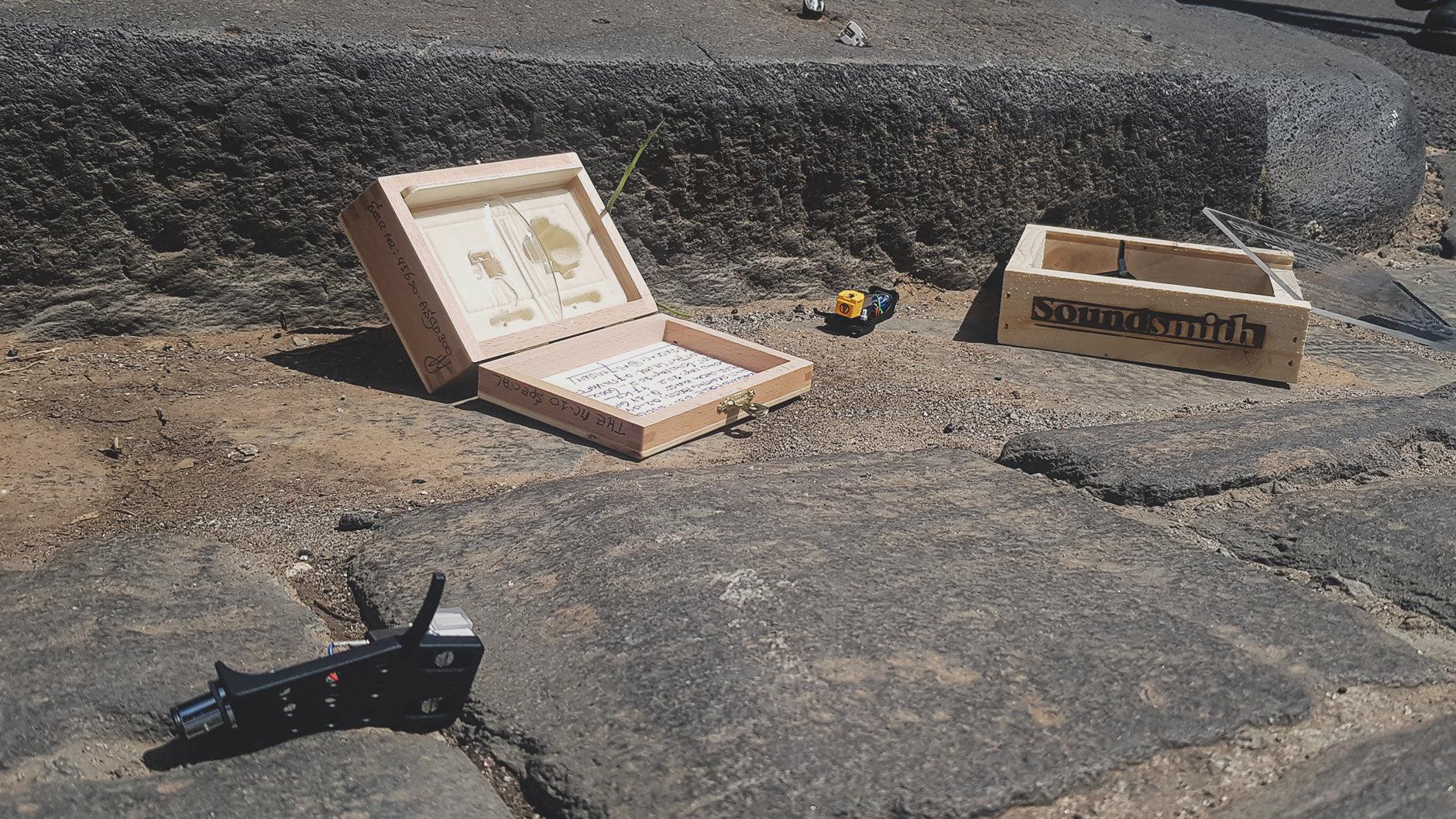How music is pressed into a record
(super basic explanation)
Records are actually cut using machines that work much like a turntable – just in reverse.
Music is fed, in the form of electrical signals, into the cartridge head. A cartridge is also known as a transducer (transducers convert electrical energy into physical energy). The cartridge vibrates the cutter head, which cuts the grooves into a blank record template. From that template, a master record is produced and records are pressed from that master.
How we get music back out (also, super basic explanation)
Pretty simply, we reverse engineer the process. The needle sits in the record groove moving back and forth over the etchings caused by the cutter head.
The needle is attached to the cartridge. The cartridge (transducer) turns the needle's vibrations back into electrical signals, shooting them up the tonearm and into the phono pre amplifier.
DIAMONDS ARE A RECORDS BEST FRIEND
Your "needle" is actually made up of two parts: stylus and cartridge. The stylus follows the contours of the record groove. The cartridge converts its vibrations into an electrical signal. That signal gets amplified and you get music. Simple!

ALL SHAPES AND SIZES
There are a number of varying stylus (needle) shapes:

Each type touches the groove walls in different ways, reading more or less information depending on its shape, therefore producing alternative sounds.
MOVING TO THE GROOVE
There are two main types of needle/cartridge:

A magnet is connected to the end of the needle shank, moving back and forth between coils in the cartridge to create the music signal.
Moving magnet cartridge are often less expensive, offer needle replacements, and produce a sound quality with greater attack and vibrancy.

Coils are connected to the end of the need shank, moving back and forth around a magnet within the cartridge body to create the music signal.
Moving magnet cartridges are often more expensive, require needle re-tipping (not replacements), and produce a smoother, more dynamic sound quality.



Share:
GOOD VIBRATIONS